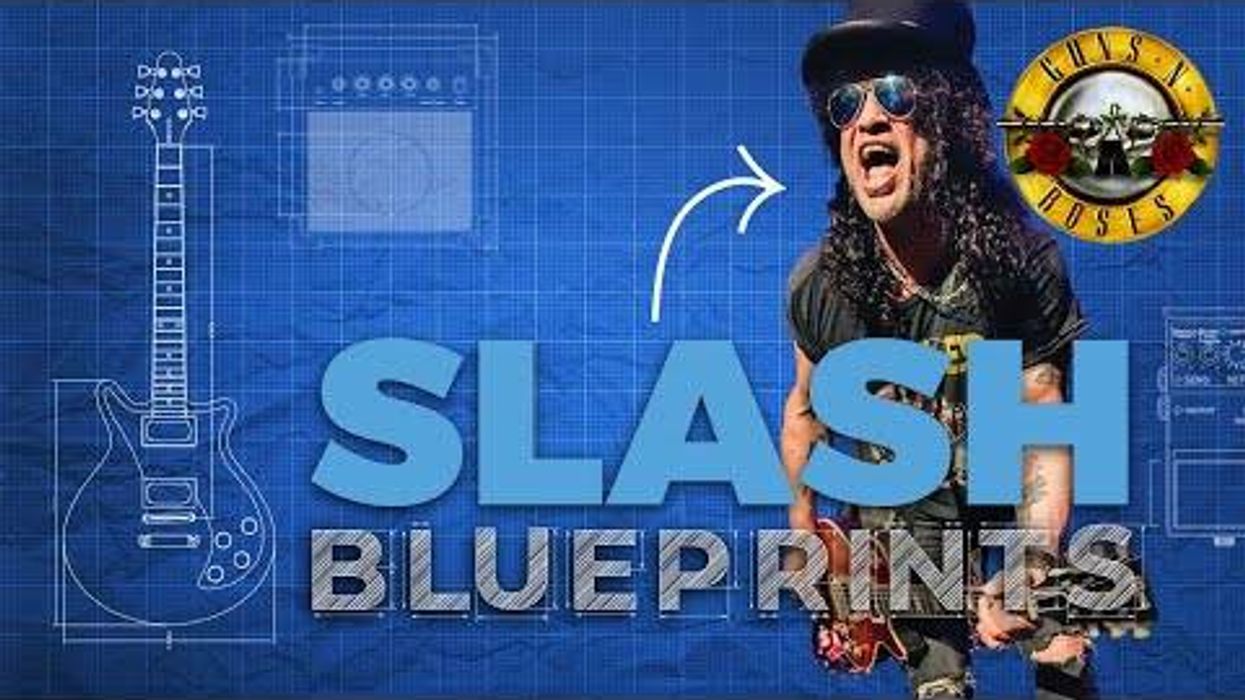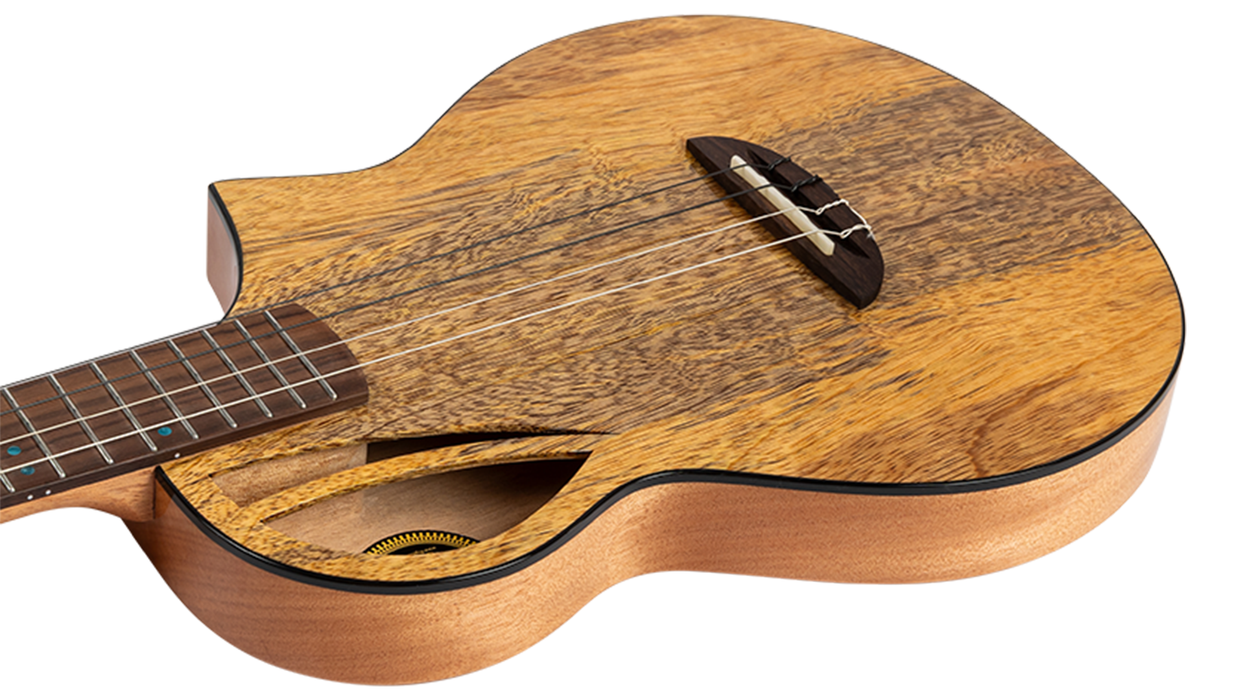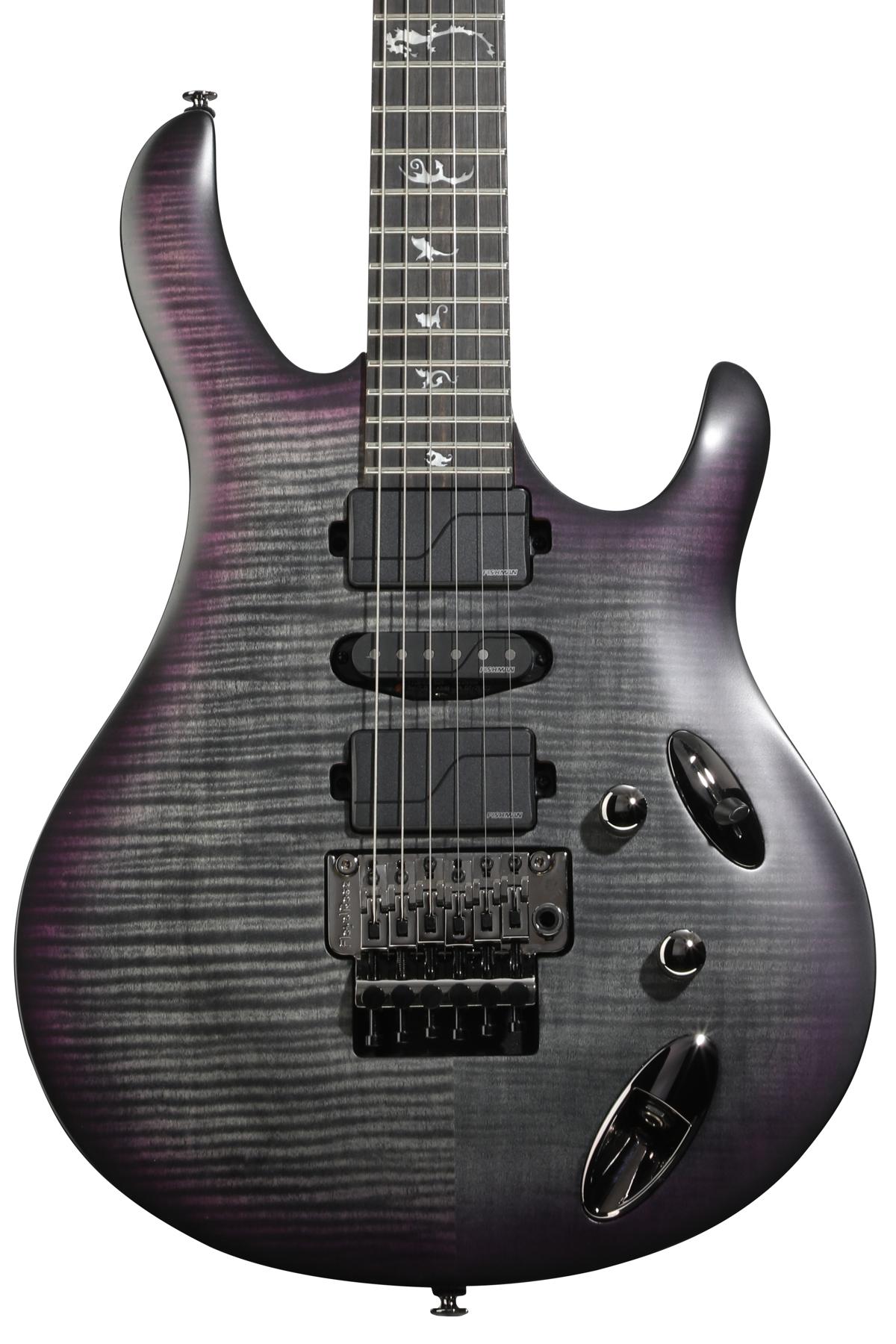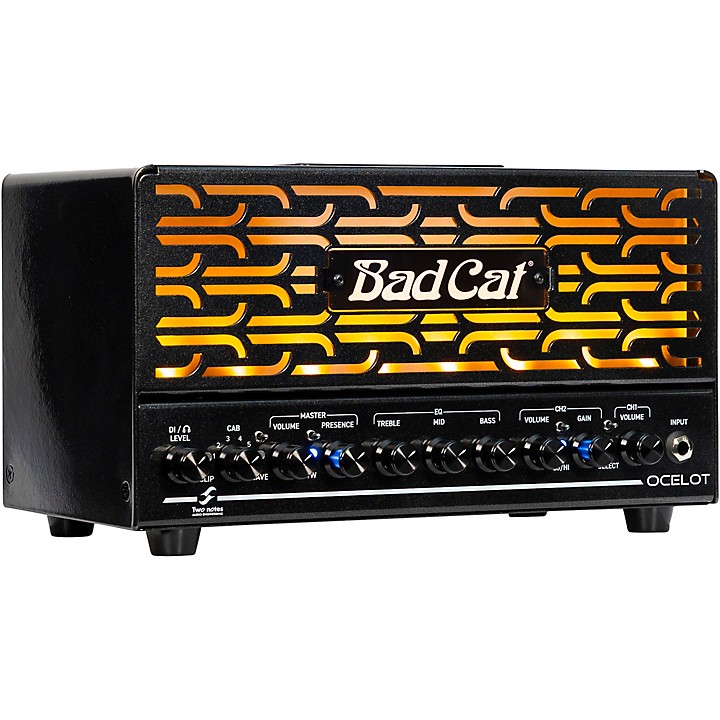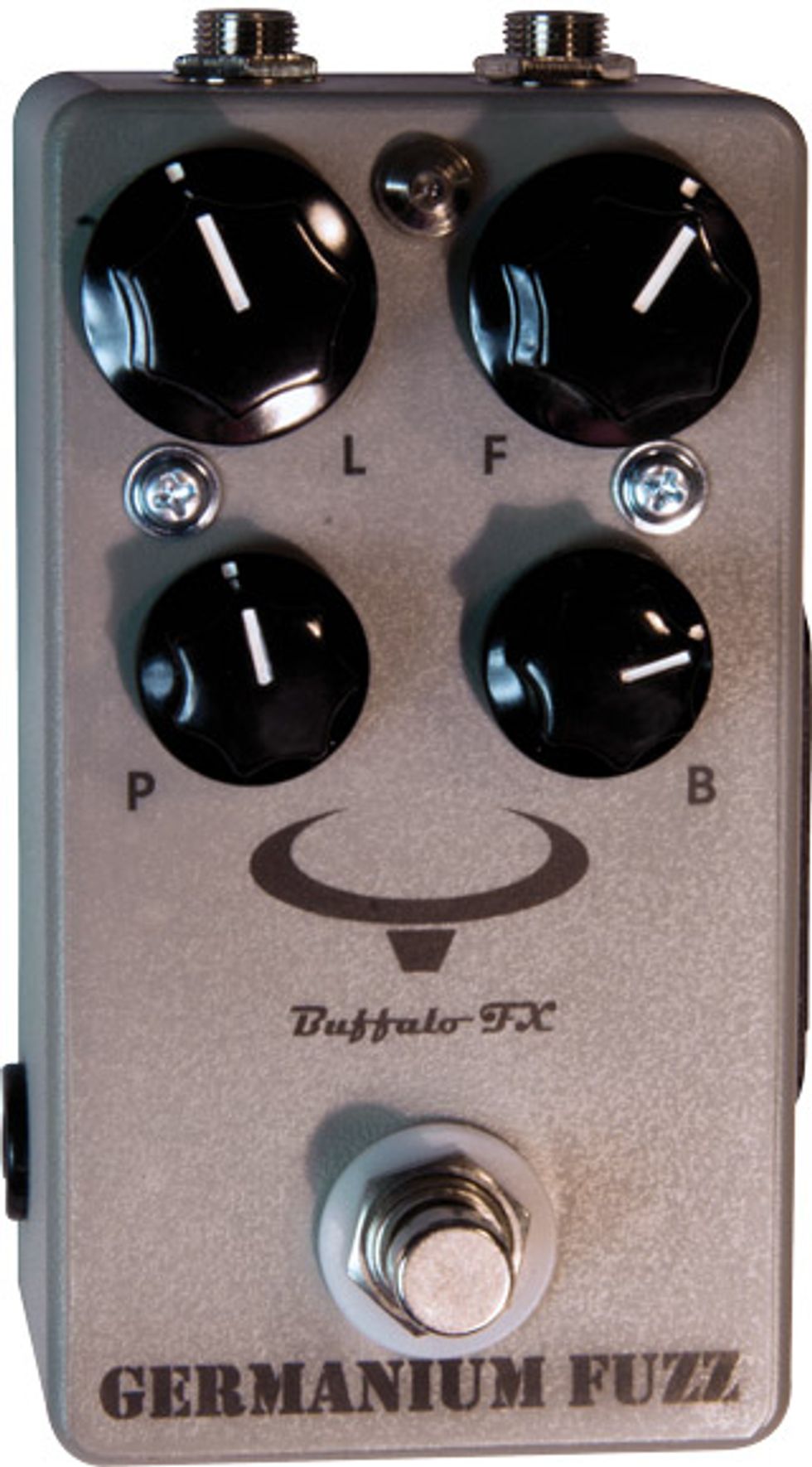
Die-hard tone nerds get pretty wrapped up in minutiae these days. For instance, in fuzz-freak circles it doesn’t take much provocation to start a debate over whether the silvery sustain of NKT275s transistors or the raunchiness of silicon BC108s is the key to the perfect Fuzz Face.
What’s easy to forget is that a pair of these legendary transistors doesn’t necessarily mean you’ll have a great-sounding pedal. Quality control, execution, and a circuit designer with a great ear are still crucial, and little touches like individual testing and pairing of transistors—no matter what the type—can be the difference that sets a fantastic fuzz apart from the crowd. French effect builder Buffalo FX understands that equation, as demonstrated by the Germanium Fuzz—a limited-edition, new-old-stock-transistor-fueled, classically voiced fuzz that could make a lot of die-hards think twice about how essential vintage specs truly are.
Buff Buffalo
The Germanium Fuzz is housed
in a taller-than-average rectangular
enclosure that looks as
much like a space-age pyramid-building
brick as a circuit enclosure.
Aside from the wah on my
board, the Germanium Fuzz is
the tallest effect of the batch.
The size may be a bit awkward
to get used to if you’re accustomed
to slimmer profiles, and
it might complicate your tricky
heel/toe maneuvers between
effects unless you’re sporting
size 13s. Part of the reason for
the tall case is the cool, side-mounted
9V battery door that
enables you to switch out a battery
in seconds. There’s also a
9V barrel adapter on the opposite
side, although it requires a
dedicated supply that’s center
negative—like many vintage
fuzzes, the Germanium Fuzz is
a center-positive circuit, which
means daisy-chaining it with
other center-negative effects
may damage the unit.
Four controls dial in the Buffalo’s many flavors of sputtering, popping bliss. F controls the amount of fuzz. P controls the amount of pre-gain. L (level) uses a reverse-taper potentiometer, meaning the resistance tapers as you turn the pot clockwise—an effect a lot of audio engineers consider much smoother and more natural. B (bias) enables 3.5–8.5V of bias adjustment, which is useful because germanium transistors are notoriously susceptible to natural variables like temperature fluctuation. So a simple clockwise twist to this knob can give the pedal a bit more jump if it’s feeling flat, while a counterclockwise turn can coax a dying-battery effect.
Horns of the Beast
With a Fender Twin Reverb
at the end of the line, pre-gain
around 2 o’clock, fuzz at
maximum, and bias around
noon, the single-coils in my
Danelectro Innuendo produced
a heavy, bulbous lead
that wasn’t too hairy. Going up
against the wall of sound from
a full band can require bumping
level to around 2 o’clock to
cut through the mix for leads.
And a bias increase helps you
maintain cutting levels while
lending a glassy, Gilmour-ish
wail. The smoother pickups
in my Fender Stratocaster did
an even better job of highlighting
the tone-shaping
versatility you get from the
bias control—they summoned
smoothly screaming “Saucerful
of Secrets” tones, walking the
line between hairy and crystalline
in the way that sets a good
germanium fuzz apart.
Ratings
Pros:
Quality craftsmanship. Classic Fuzz Face-like
tones. Bias control adds extra flexibility.
Cons:
Somewhat pricey.
Tones:
Ease of Use:
Build:
Value:
Street:
$225
Buffalo FX
buffalo-fx.com
In a quieter setting, I paired the Germanium Fuzz with a Fender Pawn Shop Special Excelsior amp. At half volume, the 13-watt Excelsior gets very saturated without breaking up entirely. Increasing the Buffalo’s pre-gain and bias to around 3 o’clock and backing off the level just a touch inspires a much nastier disposition that’s perfect for spiting forth lead tones soaked with the Nuge’s foul-mouthed swagger. Rolling off the guitar’s volume eases the Buffalo into a cool overdriven tone that’s very nearly clean but still potentially explosive, depending on your attack.
The Verdict
The Buffalo FX Germanium
Fuzz is a beautifully musical
pedal that conjures the sounds
and feel of a really nice Fuzz
Face. It’s also exceptionally well
built, with thoughtful additions
(such as the bias control) that
make the sound much more tailorable.
The new-old-stock B175
transistors will raise the eyebrows
of some germanium purists, but
the circuit is dynamic, smooth,
and responsive beyond question—with the excellent control
and range of buzzsaw tones
that drives vintage hounds to
spend whole paychecks on an
original Fuzz Face. If you like
big, ’70s-style leads and boomy
Big Muff tone isn’t your cup of
tea, the Germanium Fuzz is an
alternative that’s classic and individual
all at once.







![Rig Rundown: Russian Circles’ Mike Sullivan [2025]](https://www.premierguitar.com/media-library/youtube.jpg?id=62303631&width=1245&height=700&quality=70&coordinates=0%2C0%2C0%2C0)






